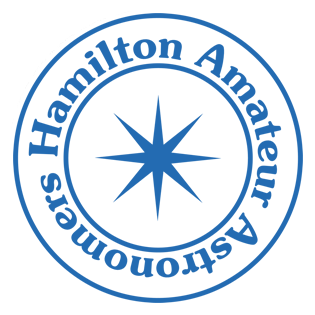Alright, where were all the astronomers? Finally a beautiful night at Binbrook, and only Glenn, Gail, and myself showed up. Oh well, despite a few clouds at the beginning, it cleared up nice and with only a sliver of a moon it was a good sky.
With the Binbrook Conservation being relatively light pollution free I was able to do longer exposures at higher ISO – and also didn’t require so much filtering – which seriously damages those nice faint fuzzies. Only about half the shots turned out useful – the rest were plagued with double images caused by the occasional gust of wind we were getting. I have shots of (of course) Orion, Pleiades, and M65/M66 galaxies. So far I have processed the Orion shots – I tried something different – I took sets of images at 4 different exposure : 32s @ ISO 1600, 32s @ ISO 800, 10s @ ISO 800, and 2.5s @ ISO 800. I aligned and stacked the 32s exposures together, 10s exposures, and 2.5s exposures – then merge the images together in Corel Photopaint 10 – thus allowing to reveal the faint outer wisps while not over exposing the central nebule with the Trapezium stars. I learned something new last night – make sure the T adaptor is on tight as the slightest play will cause the images to rotate everytime the camera is tinkered with – I spent a good 2 hours rotating each set to match as they were all off by a couple of degrees.
All images were taken using a Canon Digital Rebel XT mounted parfocal on a Meade 10″ SN LXD75.
Images were process in Corel Photopaint 10, Canon Digital Photo Professional, and Registax.
by Tim Harpur
More Binbrook images – Pleiades (showing some decent nebulosity) and galaxies M65 and M66 (with galaxy NGC3628 unfortunately trimmed off the top – I’ll work on that next time) are now uploaded into my gallery.
